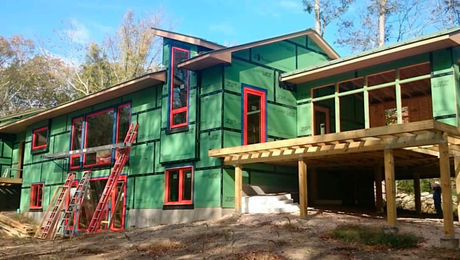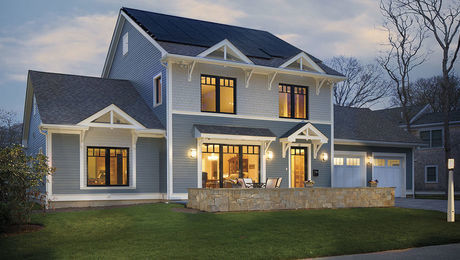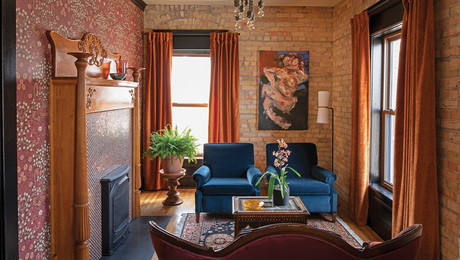Long Live Our Buildings: An Introduction
Architect Steven Baczek describes his ongoing inquiry into what makes a good building, and how we can continue to improve the way we design and build homes.
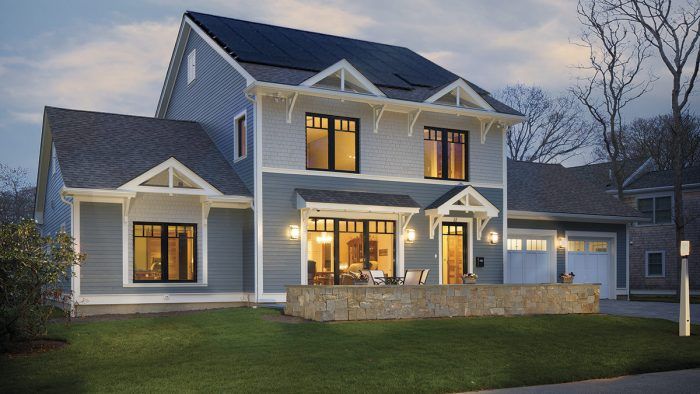
My name is Steven Baczek and I am a registered architect in Massachusetts, working in the Boston area and throughout the United States. During my nearly three decades as a residential architect, energy efficiency, comfort, health, durability, and environmental responsibility have been at the core of my work. As a sole proprietor, I am involved in every aspect of the process, from sales to construction administration, which not only helps me understand the entire process, but more importantly gives me insight into the interrelationships of all the decisions made throughout a project.
If you’re familiar with Fine Homebuilding, you may also be familiar with some of my work. In the pages of the magazine, and here on FineHomebuilding.com, I’ve dug deep into the process and details necessary to design and build high-performance homes, showcasing examples of several unique projects I’ve had the pleasure of working on. But all of the articles I’ve written only tell the story up to the point where we hand the keys to the new homeowners. My goal in this new column, Long Live Our Buildings, is to take you further; I want to revisit some of the homes I’ve designed, after they’ve been a part of people’s daily lives for years, take a close look at what makes them tick, and see how closely they’ve matched the dreams of the people I designed them for.
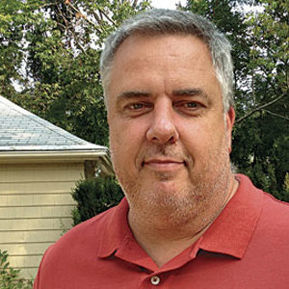
Respect for the past, eyes on the future
I have a love for the simplicity of older times, and a passion for new thinking in current times. I believe understanding one allows me to venture into the other. I believe what I do shouldn’t stop at the aesthetics, but should extend to an integrated level of performance to deliver to homeowners the best possible solutions. There is a long history in home building in the United States. The evolution of this history is wide and varied. In some regards, we have learned from experience to provide an improved set of goals and solutions for the next project. But in many instances, we choose to build to the same parameters that we know are marginal performers at best. We have the knowledge to build better, and the information to understand better; we need to act accordingly. What we do extends beyond us, and should be conceived in that understanding and conform to a set of parameters to ensure long term success. We need to put the buildings we design and build, in a position for success—a position that ensures the longevity our buildings deserve.
I believe there is nothing more valuable than to share one’s experiences with those around us to lift the industry to new heights. My projects vary in size, scale, budget, and clients’ desires. The one thing that is common is that every project of mine offers something to the “whole” that is my career, that is my experience, and that is the basis for the next project. It’s a disciplined process, one that breeds innovative thought. It’s a process that builds new solutions on the foundations of old solutions. The information I present here will be wide and varied—just like the history of our work—but that is an accurate reflection of what my daily work entails. It might be sharing a detail I developed with a builder, or maybe a concept discussed at a design meeting with a client. In selecting a title for my new column, I thought long and hard as to what kind of message I wanted to share. Well, I’m thinking there is probably nothing more valuable to discuss than the trials and successes of my daily career of developing residential projects and placing them in what I consider a “position for success.” So, welcome to “LONG LIVE OUR BUILDINGS — Defining the next level of performance in home building and design,” where I will be sharing those everyday thoughts in the hope that you not only enjoy our discussion, but share in the learning from it too.
—Steve Baczek
Here are some of the projects I’ve previously written about for Fine Homebuilding:
- The Passive House Build, Part One: Designed for Success
- VIDEO: The Passive House Build, Part 1
- The Passive House Build, Part Two: Air-Sealed Mudsill Assembly
- VIDEO: The Passive House Build, Part 2
- A Practical Approach to Passive House
Follow me on Instagram @stevenbaczekarchitect
